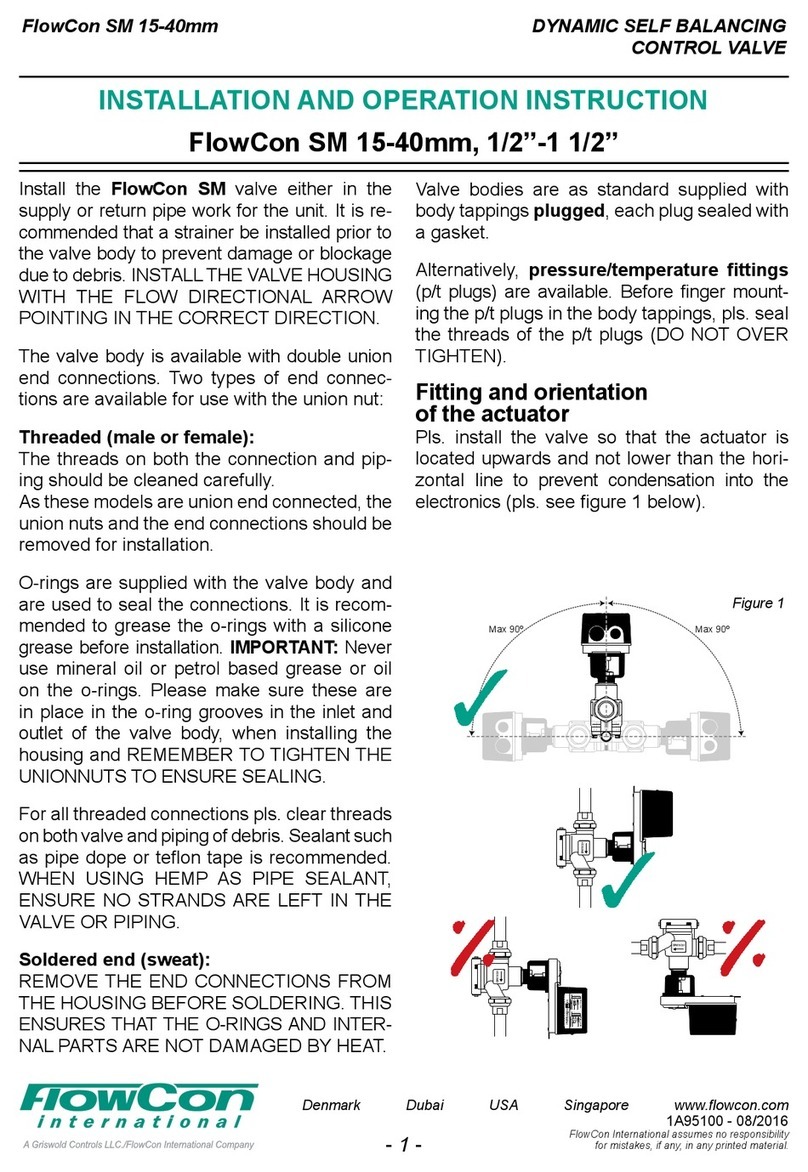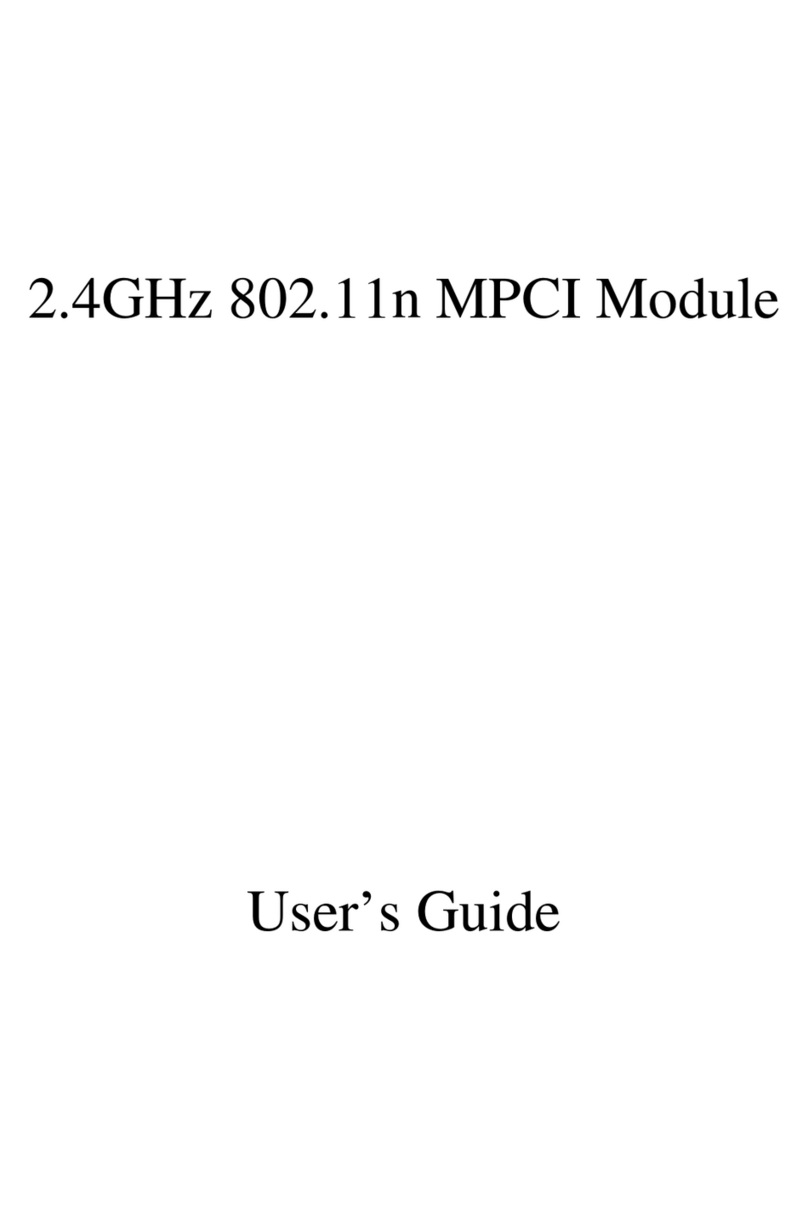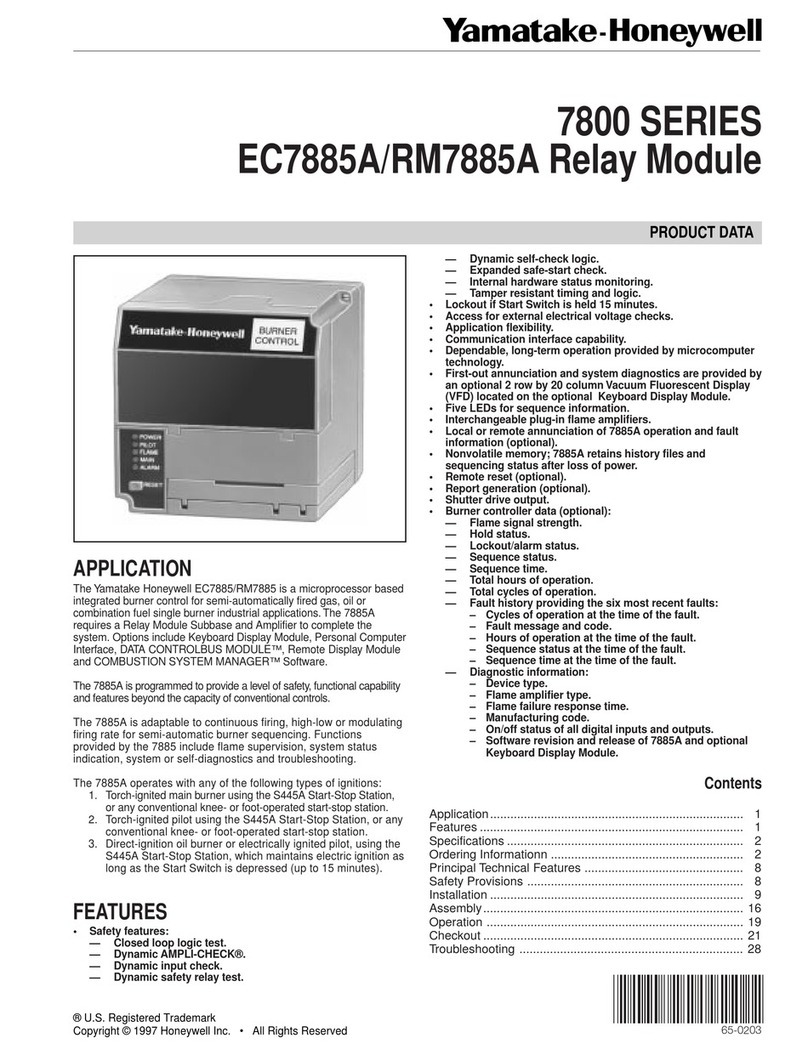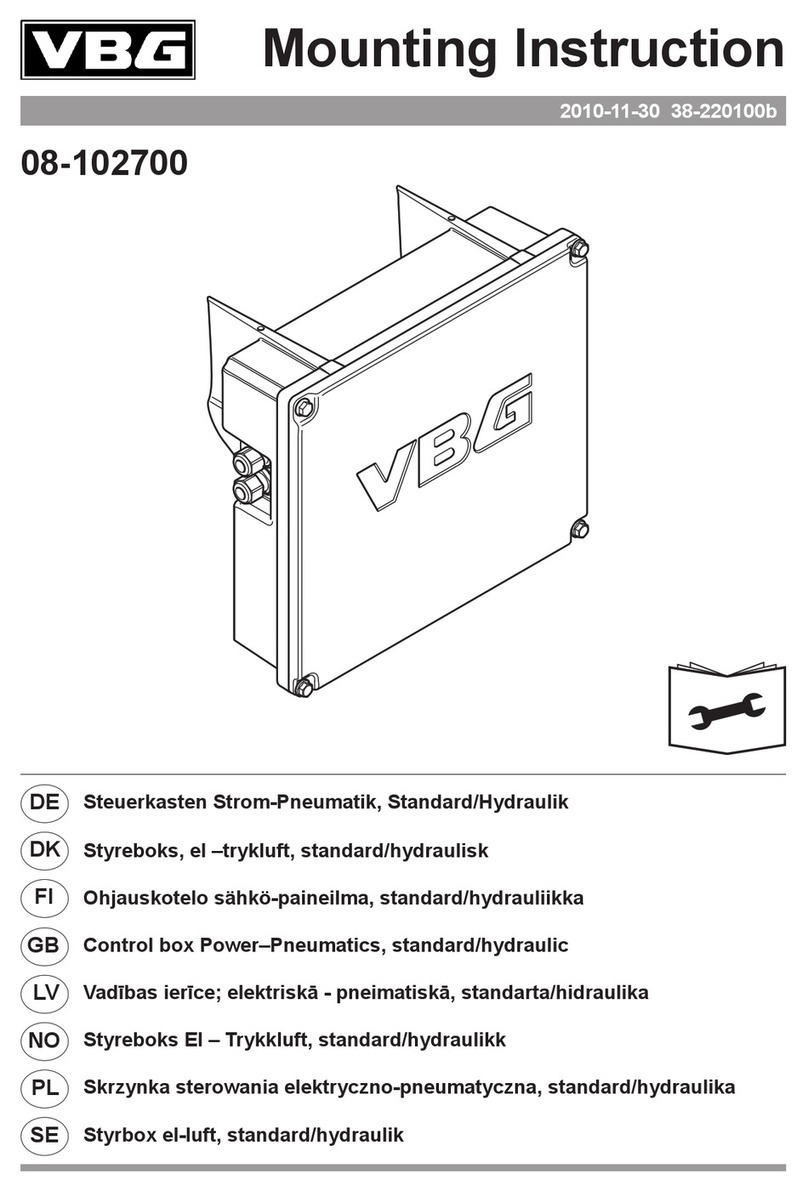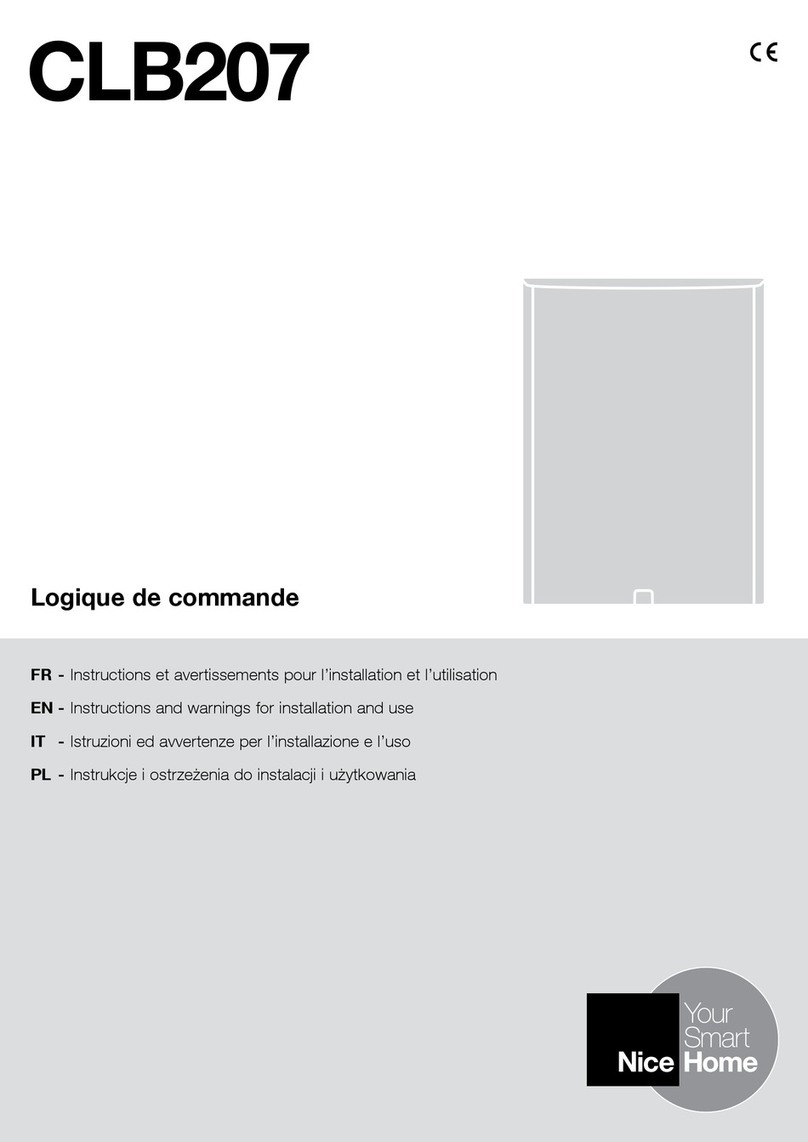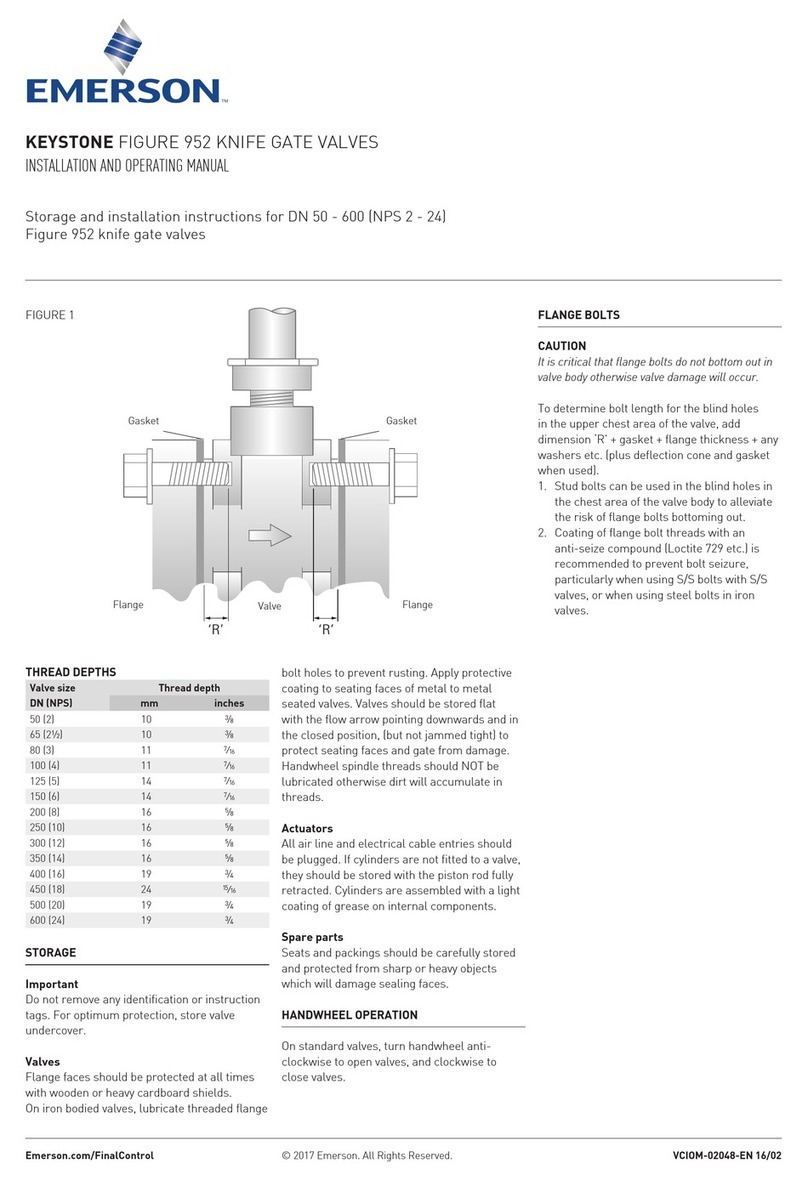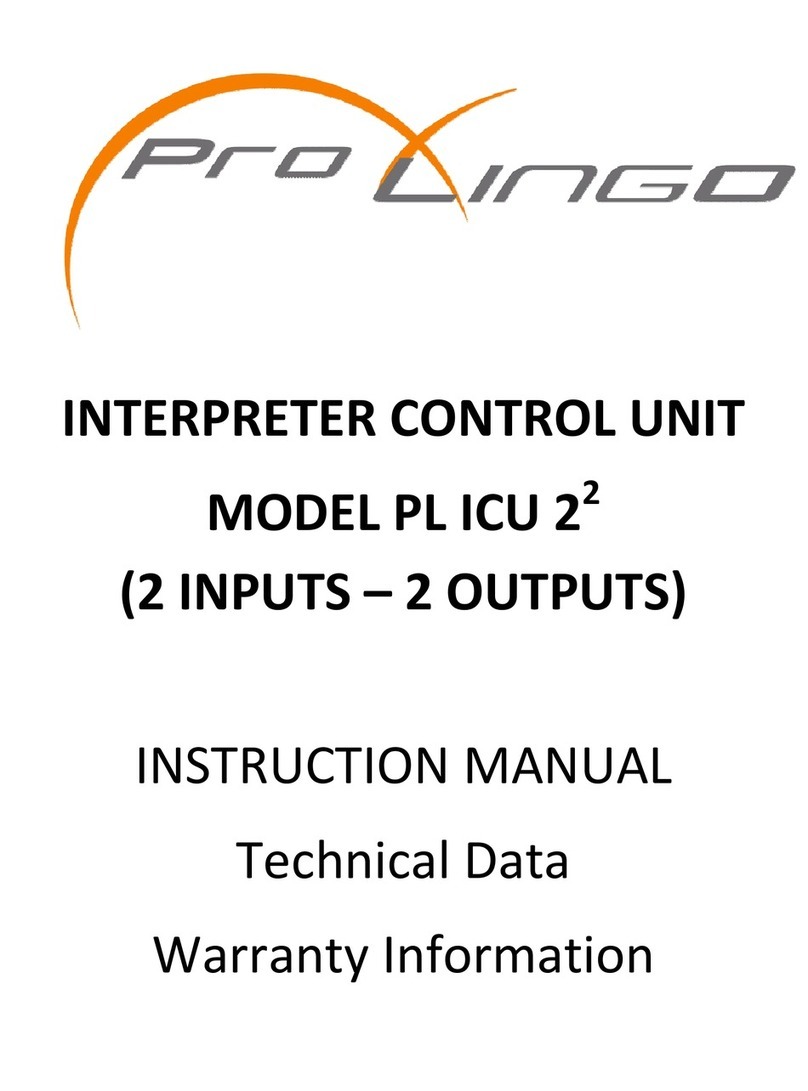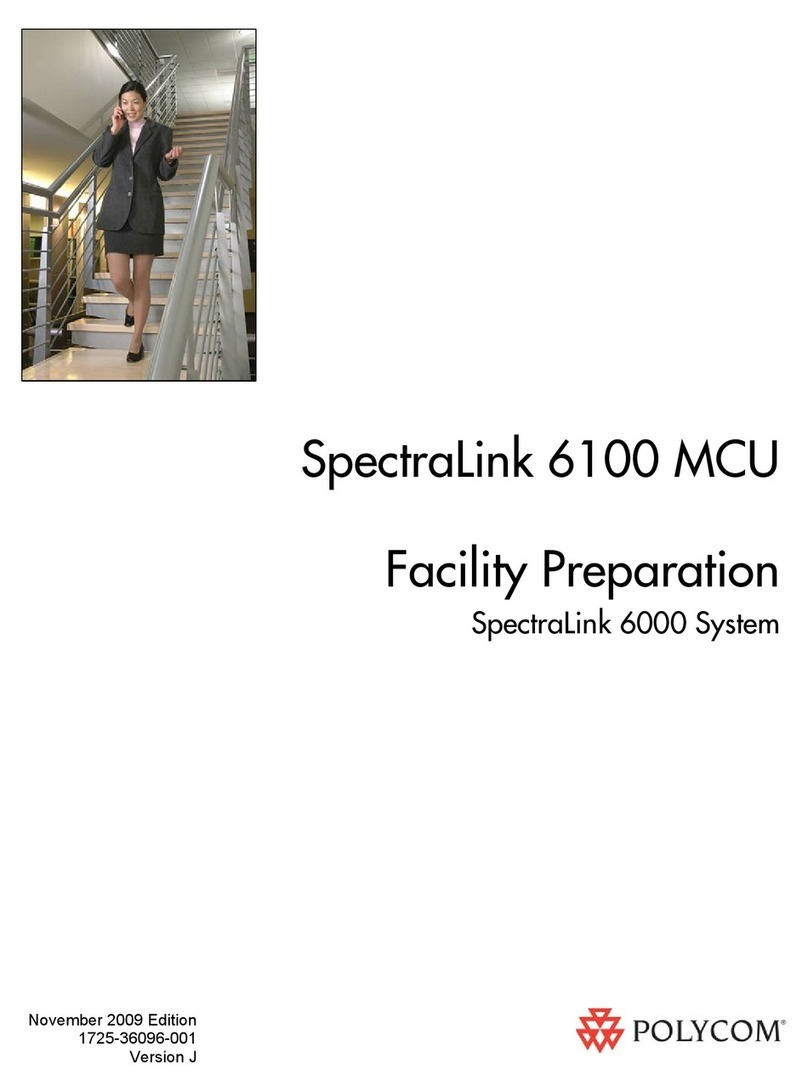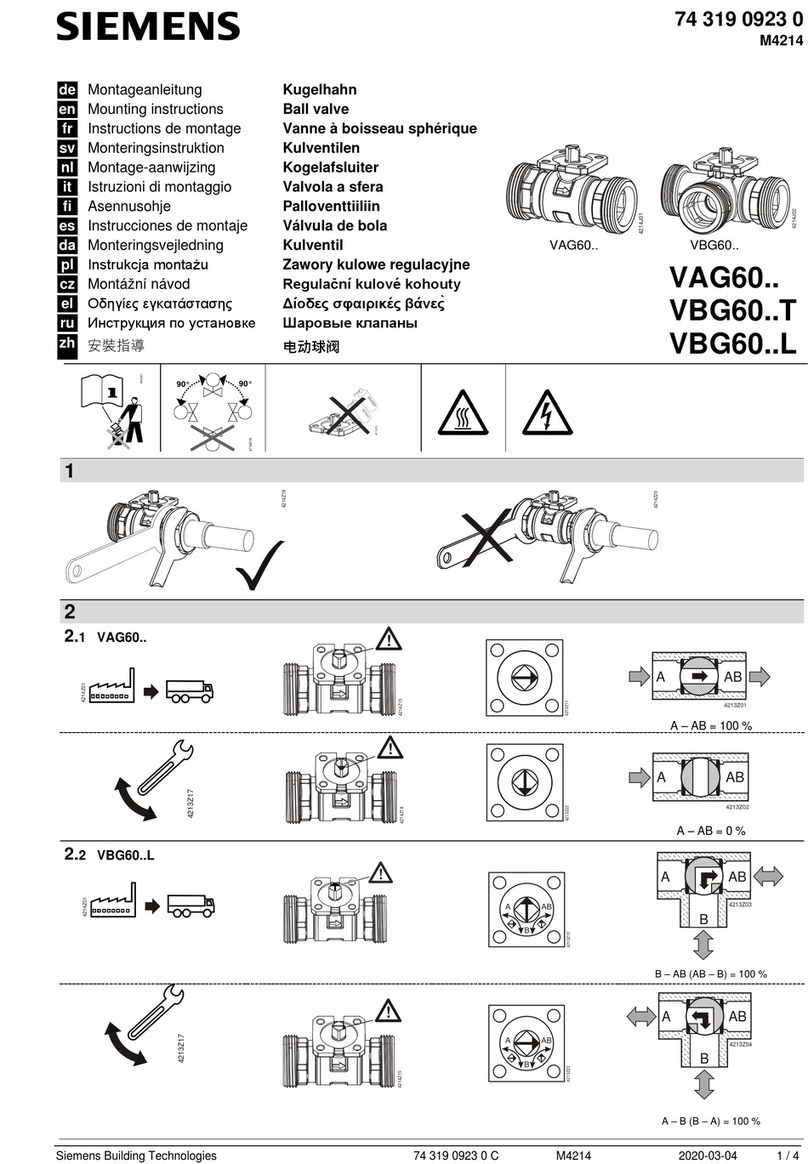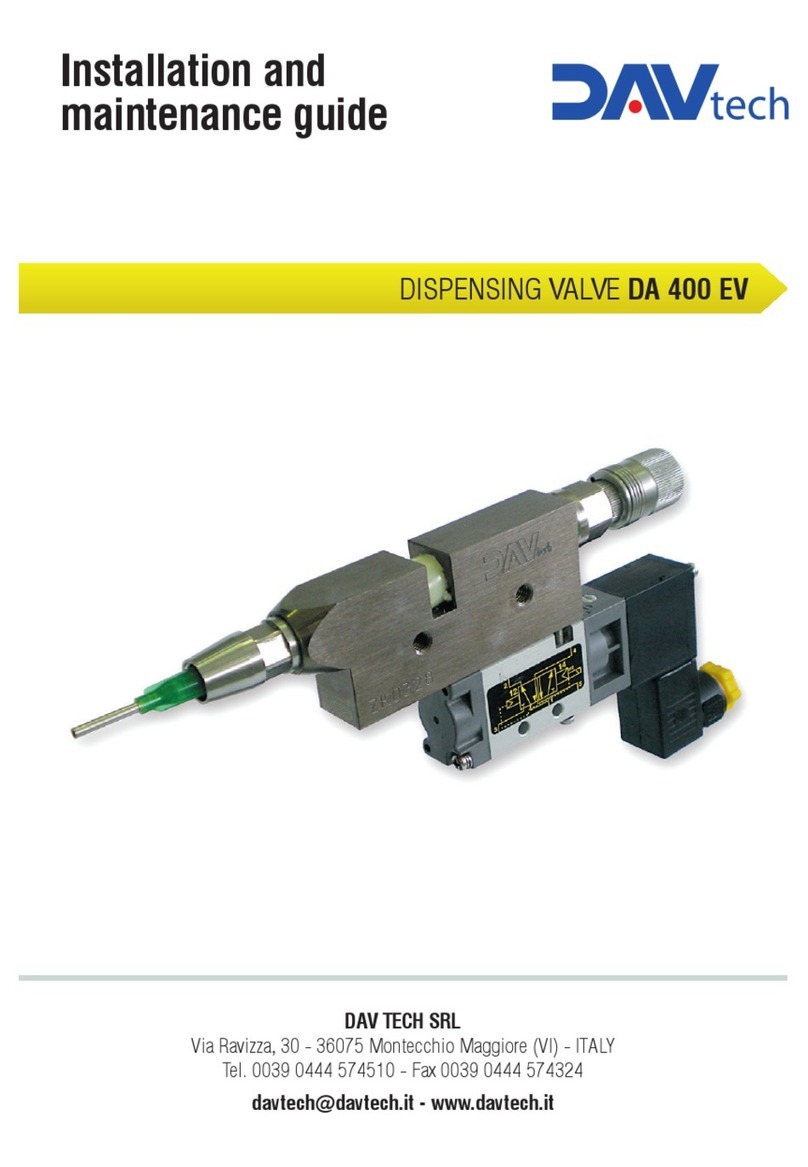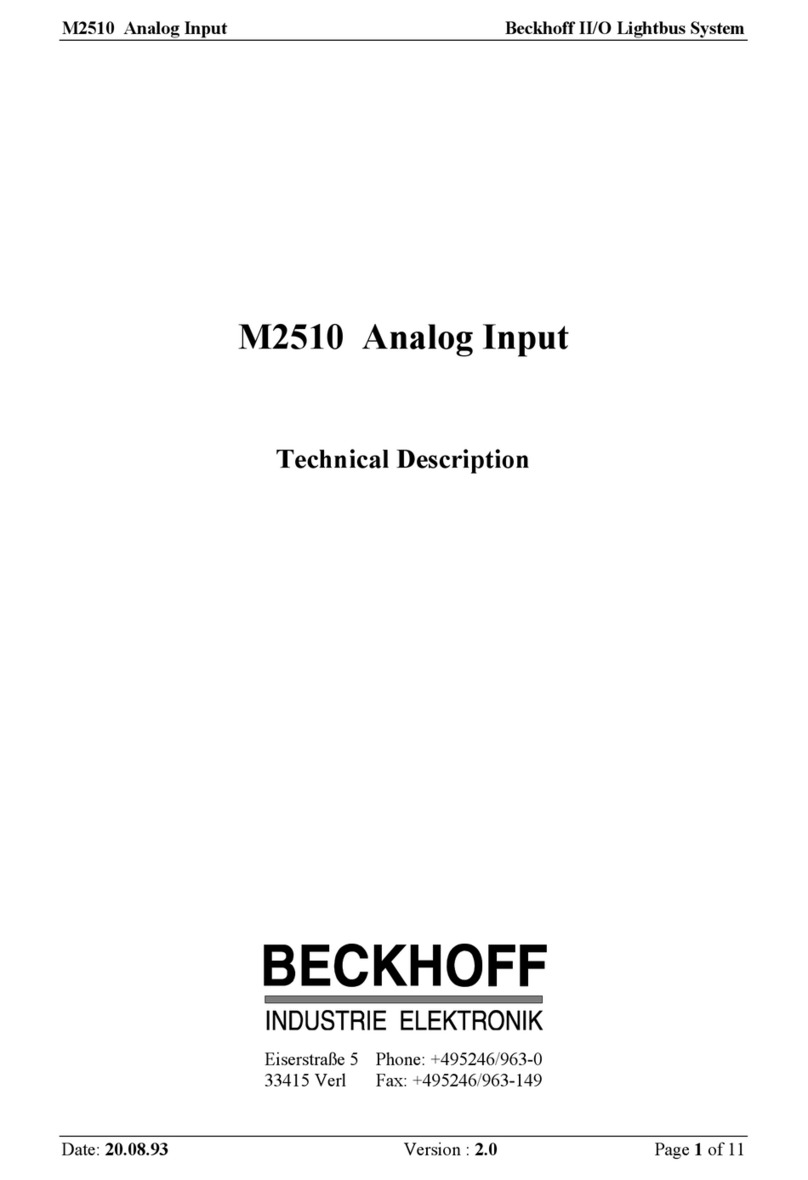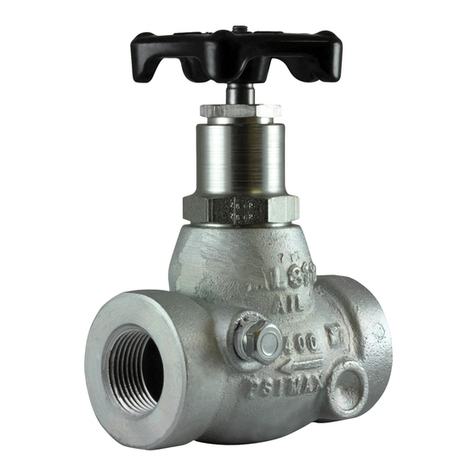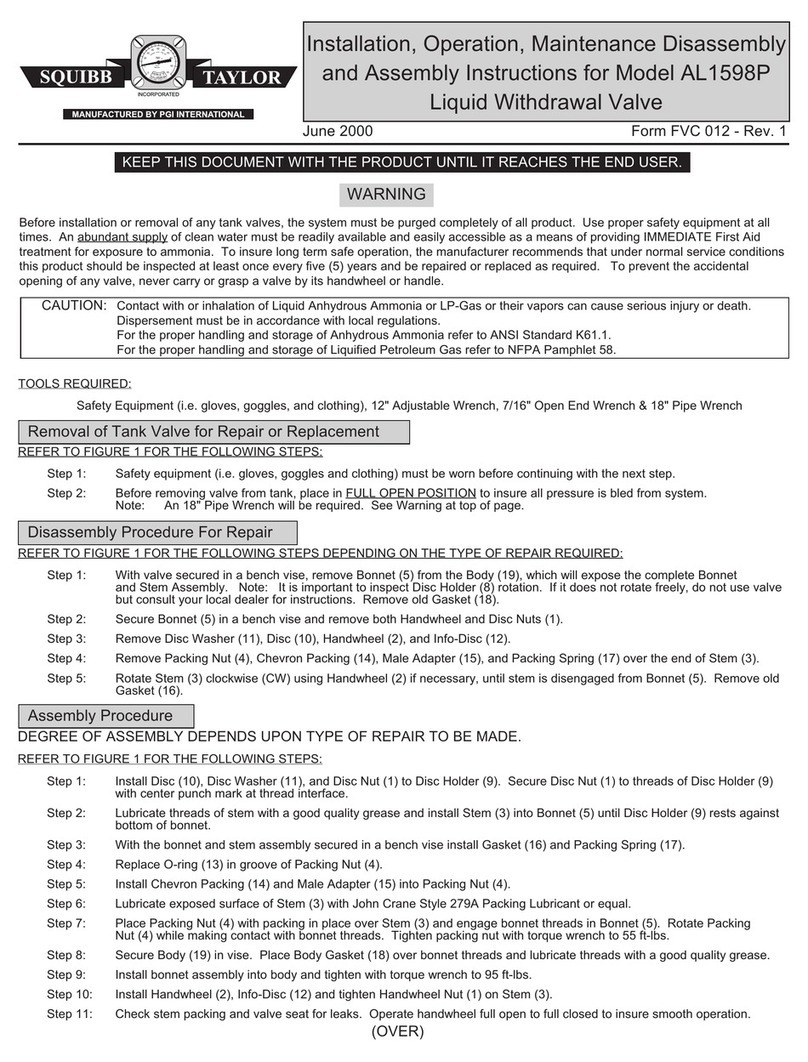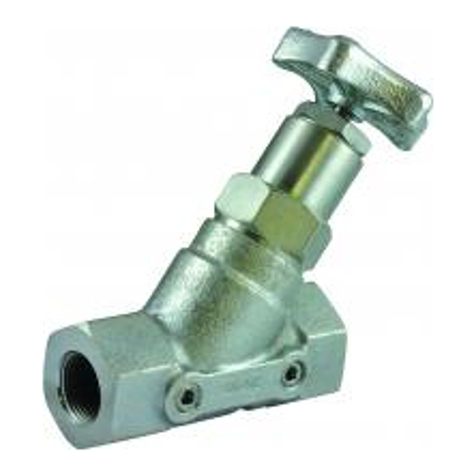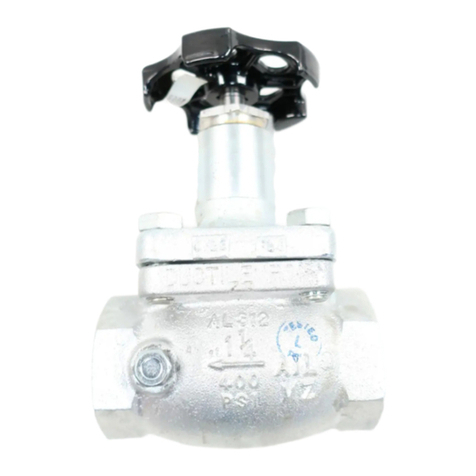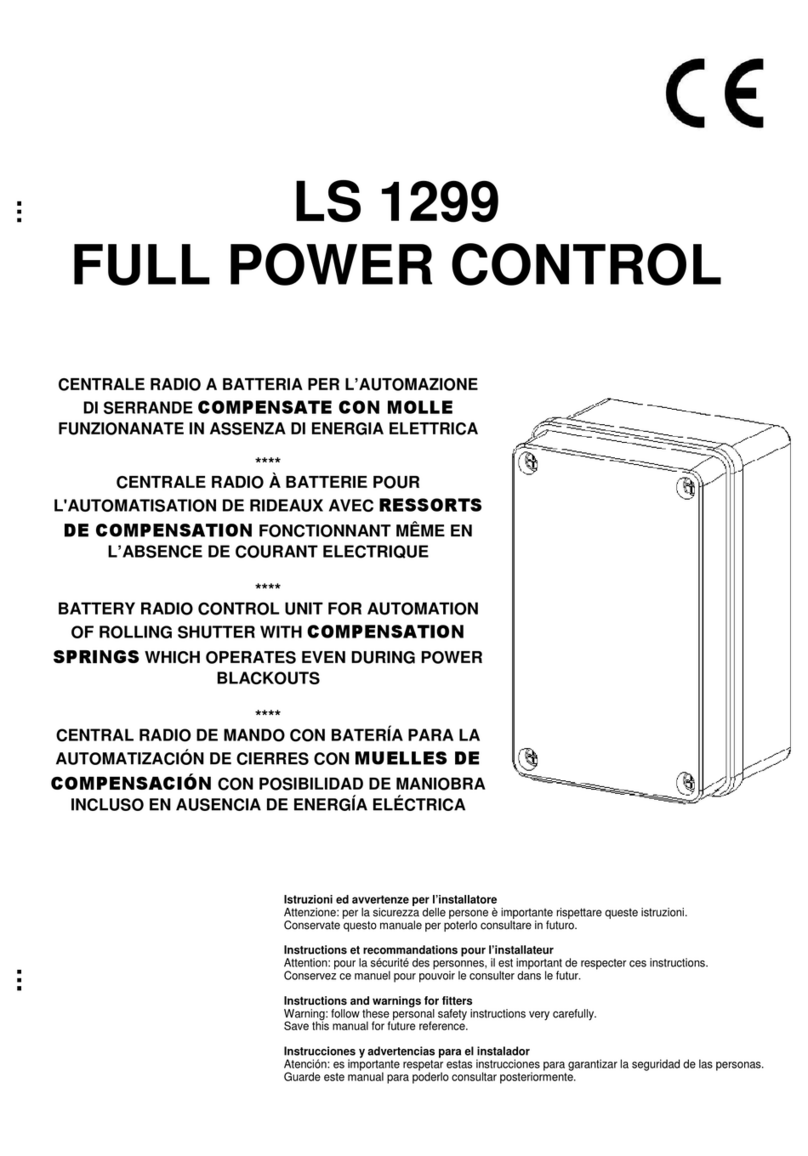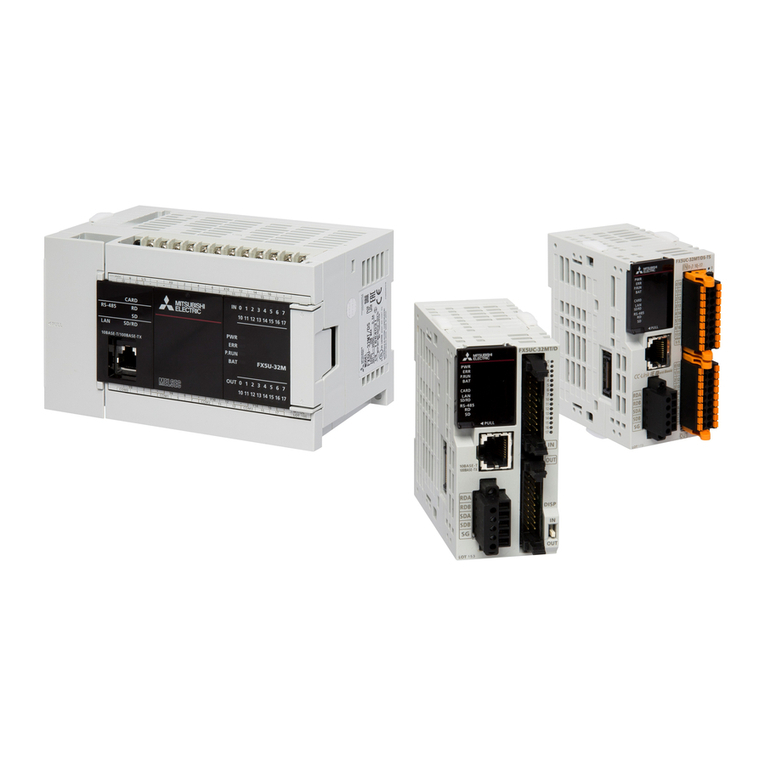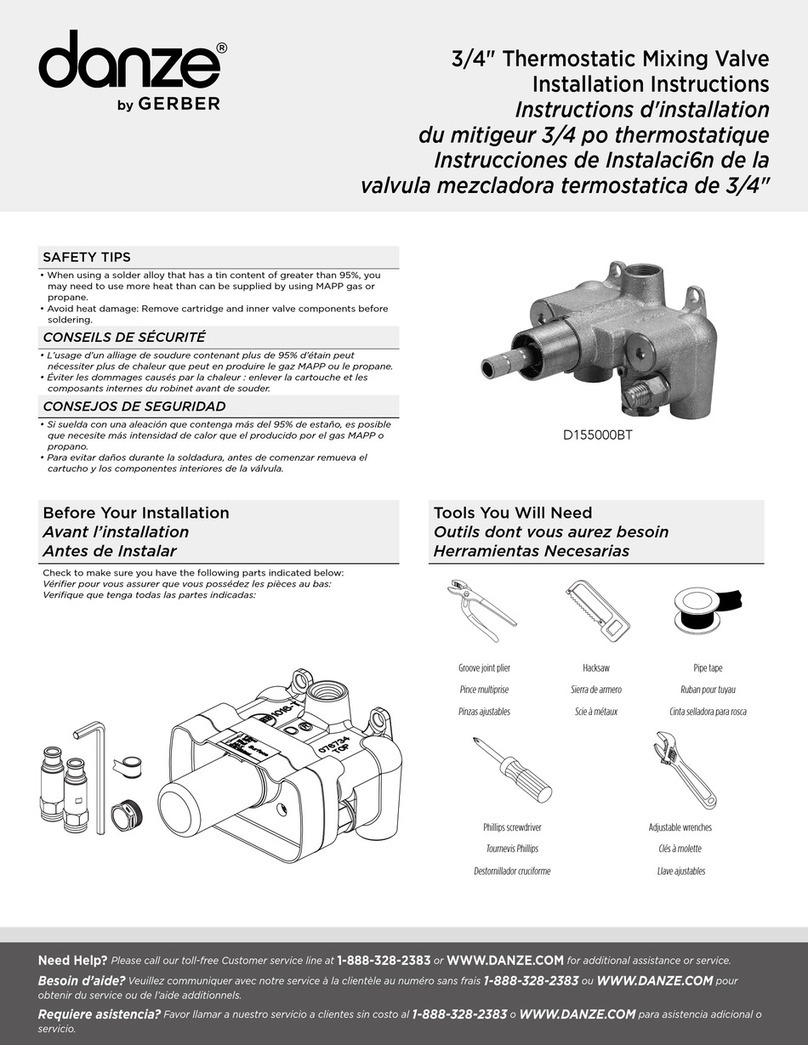
Installation, Operation, Maintenance Disassembly and
Assembly Instructions for Model A1596R Liquid
Withdrawal Valve with Internal Relief
June 2000 Form FVC 016 - Rev. 1
Removal of Tank Valve for Repair or Replacement
Before installation or removal of any tank valves, the system must be purged completely of all product. Use proper safety equipment at all
times. An abundant supply of clean water must be readily available and easily accessible as a means of providing IMMEDIATE First Aid
treatment for exposure to ammonia. To insure long term safe operation, the manufacturer recommends that under normal service conditions
this product should be inspected at least once every five (5) years and be repaired or replaced as required. To prevent the accidental
opening of any valve, never carry or grasp a valve by its handwheel or handle.
CAUTION: Contact with or inhalation of Liquid Anhydrous Ammonia or L-P Gas or their vapors can cause serious injury or death.
Dispersement must be in accordance with local regulations.
For the proper handling and storage of Anhydrous Ammonia refer to ANSI Standard K61.1.
For the proper handling and storage of Liquified Petroleum Gas refer to NFPA Pamphlet 58.
TOOLS REQUIRED:
Safety Equipment (i.e. gloves, goggles, and clothing), 12" Adjustable Wrench, 7/16" Open End Wrench and 12" & 18" Pipe Wrench
REFER TO FIGURE 1 FOR THE FOLLOWING STEPS:
Step 1: Safety equipment (i.e. gloves, goggles and clothing) must be worn before continuing with the next step.
Step 2: Before removing valve from tank, place in FULL OPEN POSITION to insure all pressure is bled from system.
Note: An 18" Pipe Wrench will be required. See Warning at top of page.
Disassembly Procedure For Repair
REFER TO FIGURE 1 FOR THE FOLLOWING STEPS DEPENDING ON THE TYPE OF REPAIR REQUIRED:
WARNING: Do not alter, disassemble, or adjust Internal Relief Valve (21). Internal Relief Valve is a factory repair item only.
If problems arise with the Internal Relief Valve, do not use valve, but consult your local dealer for instructions.
Step 1: With valve secured in a bench vise, remove Bonnet (5) from the Body (19), which will expose the complete Bonnet
and Stem Assembly. Note: It is important to inspect Disc Holder (9) rotation. If it does not rotate freely, do not use valve
but consult your local dealer for instructions. Remove old Gasket (18).
Step 2: Secure Bonnet (5) in a bench vise and remove both Handwheel and Disc Nuts (1).
Step 3: Remove Disc Washer (11), Disc (10), Handwheel (2), and Info-Disc (12).
Step 4: Remove Packing Nut (4), Chevron Packing (14), Male Adapter (15), and Packing Spring (17) over the end of Stem (3).
Step 5: Rotate Stem (3) clockwise (CW) using Handwheel (2) if necessary, until stem is disengaged from Bonnet (5). Remove
old Gasket (16).
DEGREE OF ASSEMBLY DEPENDS UPON TYPE OF REPAIR TO BE MADE.
REFER TO FIGURE 1 FOR THE FOLLOWING STEPS:
WARNING: Do not alter, disassemble, or adjust Internal Relief Valve (21). Internal Relief Valve is a factory repair item only.
If problems arise with the Internal Relief Valve, do not use valve, but consult your local dealer for instructions.
Step 1: Install Disc (10), Disc Washer (11), and Disc Nut (1) to Disc Holder (9). Secure Disc Nut (1) to threads of Disc Holder (9)
with center punch mark at thread interface.
Step 2: Lubricate threads of stem with a good quality grease and install Stem (3) into Bonnet (5) until Disc Holder (9) rests against
bottom of bonnet.
Step 3: With the bonnet and stem assembly secured in a bench vise install Gasket (16) and Packing Spring (17).
Step 4: Replace O-ring (13) in groove of Packing Nut (4).
Step 5: Install Chevron Packing (14) and Male Adapter (15) into Packing Nut (4).
Step 6: Lubricate exposed surface of Stem (3) with John Crane Style 279A Packing Lubricant or equal.
Step 7: Place Packing Nut (4) with packing in place over Stem (3) and engage bonnet threads in Bonnet (5). Rotate Packing
Nut (4) while making contact with bonnet threads. Tighten packing nut with torque wrench to 55 ft-lbs.
Step 8: Secure Body (19) in vise. Place Body Gasket (18) over bonnet threads and lubricate threads with a good quality grease.
Step 9: Install bonnet assembly into body and tighten with torque wrench to 95 ft-lbs.
Step 10: Install Handwheel (2), Info-Disc (12) and tighten Handwheel Nut (1) on Stem (3).
Step 11: Check stem packing and valve seat for leaks. Operate handwheel full open to full closed to insure smooth operation.
Assembly Procedure
(OVER)
WARNING
KEEP THIS DOCUMENT WITH THE PRODUCT UNTIL IT REACHES THE END USER.
